As we enter the second half of 2025, Asia Pacific supply chains continue to navigate a shifting landscape marked by evolving trade policies, demand realignments, and regional disruptions. In this month’s update, we share key developments shaping the market and highlight how Maersk is helping businesses stay ready for what’s next.
Download the flyer in Chinese language:
Ocean Market Update
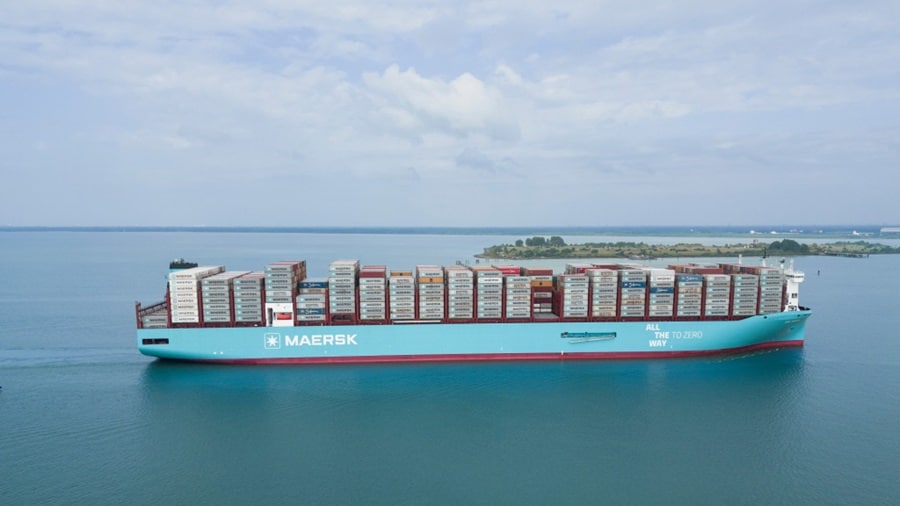
Shifting Trade Dynamics Across Asia-Pacific
Ocean freight market remains dynamic and complex. The region continues to be affected by global trade shifts, equipment imbalances, and seasonal congestion risks. According to the latest Alphaliner report, Transpacific and Asia-Europe capacity remains tight due to extended Cape of Good Hope rerouting, which adds significant voyage time and strains vessel availability.
Maersk Network Maintains Industry-Leading Reliability
Amid these disruptions, Maersk continues to offer schedule reliability above industry average.
According to the May 2025 Sea-Intelligence report, Maersk was the most reliable global carrier, achieving a 76% reliability score - more than 10 percentage points above the industry average of 66%. The Gemini cooperation continues to perform strongly, with May reliability at 91%.
Proactive Actions to Protect Supply Chain Stability
To enhance service continuity and buffer against European port congestions, Maersk is introducing changes to its AE5 rotation from August. The revised service will now call at Aarhus and Gothenburg, with Hamburg moved ahead of Bremerhaven. These adjustments are designed to minimise volatility by leveraging our modular East-West network and optimising terminal capabilities, particularly at APM Terminals in Aarhus. This change enables Maersk to redeploy shuttle vessels and address congestion risks across Europe. For more information please visit our official page.
While Red Sea disruptions, peak-season congestion, and typhoon season in the North-West Pacific continue to pose risks, Maersk’s dynamic capacity planning and strong terminal partnerships allow us to be well positioned to respond. Customers are encouraged to stay connected with their local Maersk teams for up-to-date information and planning support.
Air Freight Market Update
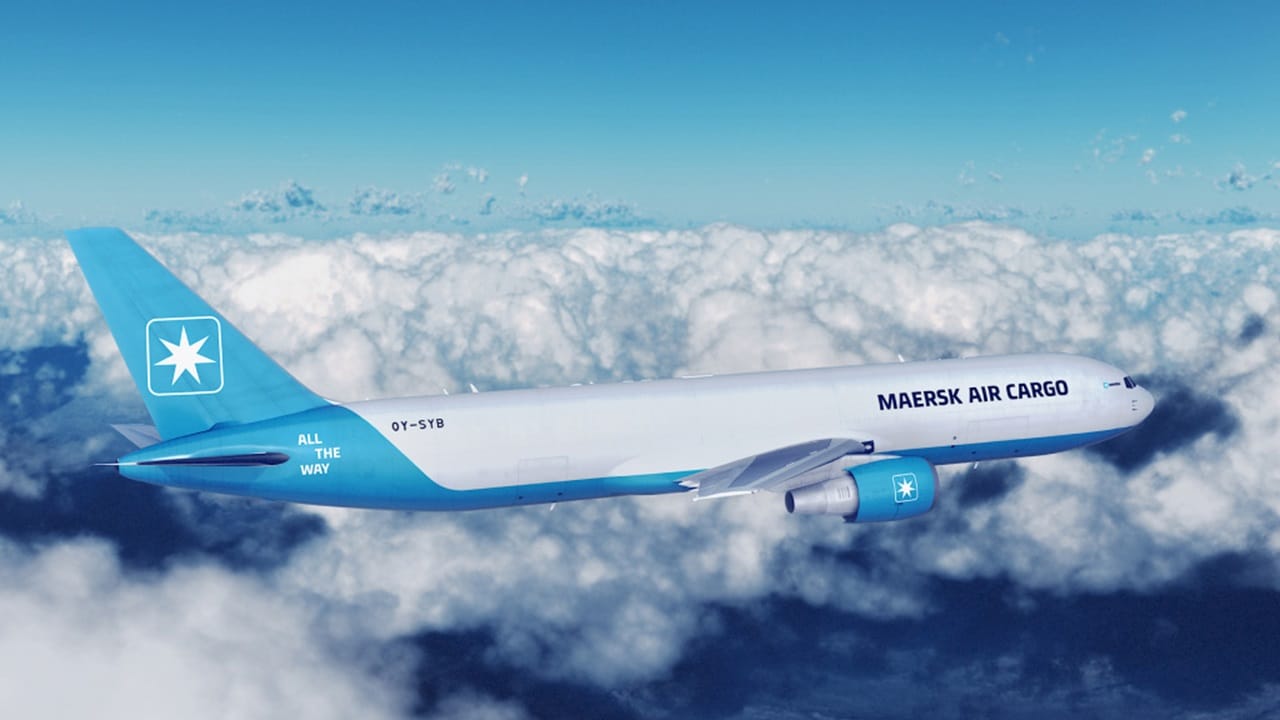
Volume Resilience, Rate Pressure, and Evolving Trade Lanes
Air freight demand in Asia Pacific remains steady in 2025, supported by key verticals including semiconductors, high-tech, fashion, and cross-border e-commerce. According to International Air Transport Association (IATA), global air cargo demand grew 6.3% year-on-year in April, while WACD estimates for May remained positive at 3.9%, despite softer export activity from China. In May, China’s industrial output slowed to 5.8% year-on-year, reflecting weaker external demand.
At the same time, the supply of air cargo space from airlines rose by 4% year-on-year in June, rounding off Q2 with a 5% increase in available tonne-kilometres. Rates, however, have softened, with Maersk internal data showing the sharpest declines on Far East Asia and West & Central Asia flows. Meanwhile, demand for de minimis shipments, low-value parcels exempt from import duties, continues to rise, representing approximately 7% of Asia’s cargo tonne-kilometers (CTKs) and 3% of global air cargo traffic (IATA).
Building Network Resilience and Strategic Access
Maersk continues to expand its air freight offering across Asia Pacific through a blend of Own Controlled Flight Operations (OCFO), block space agreements, and strong partnerships with leading commercial carriers. This ensures reliable uplift even during seasonal or disruption-driven peaks.
Strategic air gateways such as Shanghai and Hong Kong, and hubs such as Singapore and Bangkok provide enhanced flexibility for cargo consolidation and routing, supporting risk mitigation during congestion or geopolitical disruptions. These hubs also play a key role in connecting time-sensitive shipments to major consumer markets.
Securing Capacity and Enhancing Planning
Maersk is taking steps to secure sufficient capacity to meet demand in Q4. This approach supports customers shipping high-value and time-critical cargo with improved predictability and planning lead times.
Digital tools such as real-time cargo tracking, milestone visibility, and streamlined booking interfaces are helping customers plan with greater accuracy and speed. For shippers of e-commerce and small parcel volumes, Maersk’s integrated solutions offer both regulatory agility and end-to-end efficiency.
Inland Market Update
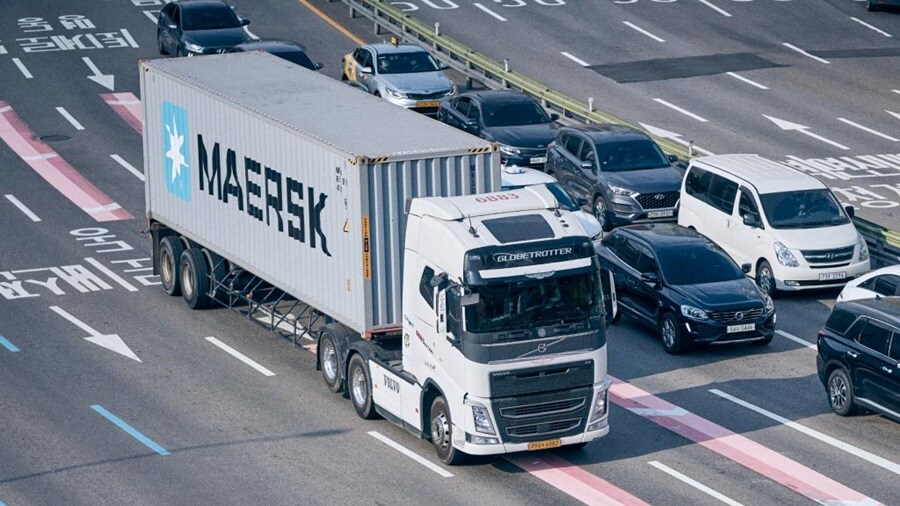
Connecting Asia’s Inland Growth Corridors
Inland logistics across Asia Pacific is expanding steadily in 2025, driven by decentralised manufacturing, rising consumption, and regional trade growth. Inland hubs such as Delhi, Pune, Ho Chi Minh City, and Chongqing are seeing increased demand, while cross-border access and multimodal integration are shaping future network development.
At the same time, challenges like urban congestion, infrastructure inconsistencies, seasonal weather, and regulatory complexity continue to impact last-mile reliability. Shippers are seeking greater visibility, agility, and precision, especially for e-commerce, perishables, and time-sensitive cargo.
Maersk is strengthening inland connectivity through expanded cross-border trucking corridors including China–Vietnam, Thailand–Malaysia–Singapore, and India–Bangladesh. Our intermodal solutions—linking road, rail, and barge, enable seamless cargo movement to and from inland production hubs.
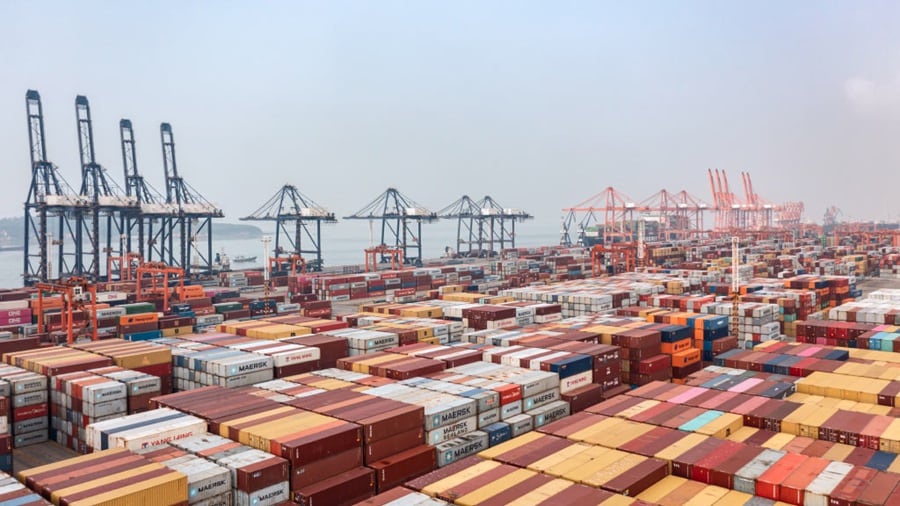
Tariff & Trade Update
The Tariff Landscape
The U.S. has extended or escalated reciprocal tariffs ahead of the 1 August deadline as per the latest announcements from the White House. According to the fact sheet from the White House, posted on 22 July 2025, under a new deal, Indonesian exports will pay the United States a reciprocal tariff rate of 19%. On 23 July 2025, the White House announced that imports from Japan will be subject to a baseline 15% tariff rate, lower than the anticipated 25%. For more information on this, click here.
Additional reports from in the media highlight that President Donald Trump stated that there would be a broader tariff rollout that would apply to over 150 smaller countries at 10-15%, with targeted rates of 25-40% on a few other partners.This has yet to be confirmed by the White House and remains subject to any trade deal that may be entered into subsequently. Visit the Maersk Global Tariffs webpage for the latest information.
New Tariff Studio
Maersk’s Global Tariffs & Customs Consultant team has launched the new Maersk Trade & Tariff Studio, an AI-powered platform enabling clients to track reciprocal tariff rates for over 150 countries, model scenarios, and plan mitigation strategies. Our teams are engaging with customers in affected markets, like Vietnam, Indonesia, Thailand, and Bangladesh, to assess tariff exposure, analyse country-of-origin options, and explore supply chain relocation where commercially justified.
What Asia Pacific Customers Should Do
- Expect higher import costs: Effective August 2025, importers may expect higher import costs because of tariffs depending on country and product type.
- Act quickly: Use the Tariff Studio to assess impacts, update HS codes, and consider customs valuation strategies.
- Evaluate alternatives: Options include sourcing from unaffected regions (e.g., India, Southeast Asia), using bonded zones, or adjusting supply chain footprints.
In the short term, reciprocal tariffs bring sustained cost and compliance challenges. We recommend staying informed via official updates and using Maersk Trade & Tariff Studio to recalibrate trade planning.
Cold Chain Logistics Update
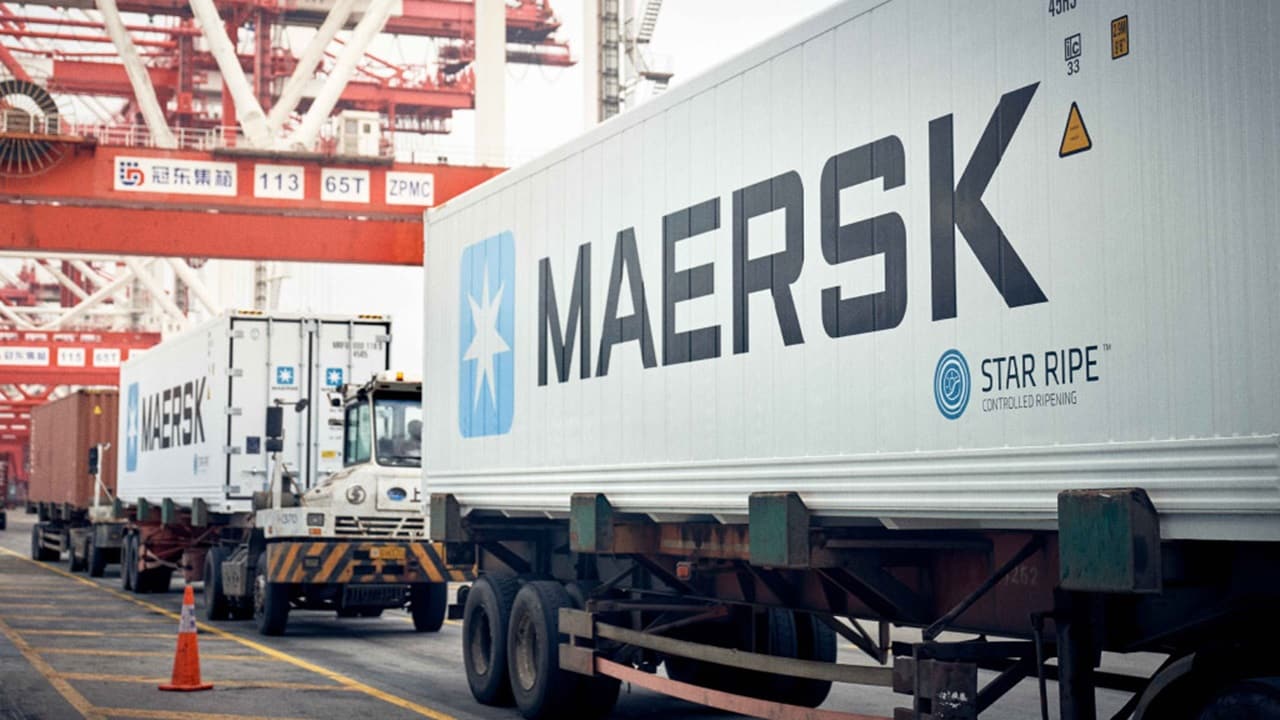
As fresh produce trade across Asia-Pacific expands, Maersk is investing in integrated cold chain solutions to deliver speed, quality, and reliability from origin to shelf.
In the past year, we’ve enhanced cross-border coverage, increased reefer capacity, and deployed digital tools that give real-time visibility and control over sensitive cargo. Our ‘Durian Express’ service, for example, combines ocean, rail, and trucking to move Thai durians swiftly to China, supported by our Captain Peter™ platform for live temperature tracking and cargo logs.
We’re also helping customers extend shelf life with StarRipe™—Maersk’s in-container ripening technology that allows bananas to ripen during transit, improving arrival quality and eliminating the need for destination ripening facilities.
Maersk will be at Asia Fruit Logistica 2025 in Hong Kong (3–5 September). We look forward to connecting with industry partners to explore new opportunities in cold chain logistics.
Maersk Visibility Studio
Greater clarity leads to better decisions. Maersk Visibility Studio is a new self-service digital platform designed to give you greater control over your supply chain performance. With intuitive dashboards and real-time insights, you can now track shipments, monitor milestones, and proactively manage exceptions—across ocean, inland, and air - all in one place.
From supplier lead times to destination dwell, Maersk Visibility Studio turns complex logistics data into actionable intelligence, helping you optimise cost, speed, and reliability.
Now live and available for all Maersk customers. Contact your Maersk representative to activate access or learn more by clicking here.
Major Ports Update
Waiting time indicator:
| Trade | Less than 1 day | 1-3 days | More than 3 days |
|---|---|---|---|
|
Trade
Asia Ports
|
Less than 1 day
Busan, Dalian, Xingang, Xiamen, Shekou, Yantian, Nansha, Hong Kong, Tanjung Pelepas, Jakarta, Brisbane, Auckland, Melbourne, Tauranga
|
1-3 days
Qingdao, Shanghai, Ningbo, Ho Chi Minh, Port Klang, Singapore, Sydney
|
More than 3 days
|
|
Trade
Rest of World
|
Less than 1 day
Bremerhaven, Rotterdam, Valencia, Jebal Ali, Colombo, Onne, Tema, Lome, Durban, Zanzibar, Pointe Noire, Cape Town, Reunion, Maputo, Oakland, Los Angeles, Prince Rupert, Vancouver, Tacoma, Houston, Norfolk, Baltimore, Charleston, Miami, Newark, Balboa, Lazaro Cardenas
|
1-3 days
Rijeka, Koper, Apapa, Abidjan, Conakry, Djibouti, Port Louis, Dar es Salaam, Savannah
|
More than 3 days
|
Remark: Information is dynamic and subject to change.
Resources and tools to support you
Visit our “Insights” pages where we explore the latest trends in supply chain digitization, sustainability, growth, resilience, and integrated logistics.
Learn what’s happening in our regions by reading our, Europe, North America, and Latin America updates.
Do you find this market update useful? If you haven’t subscribed to Maersk Asia Pacific Monthly Update yet, click the link below and stay posted!
Subscribe to Asia Pacific Monthly Updates
We value your business and welcome your feedback. Should you have any questions on optimizing your cargo flows, please contact your local Maersk professional.
无论您需要什么,我们都可以随时为您提供帮助
提交此表,即表示我同意通过电子邮件接收 A. P. 穆勒-马士基集团及其关联公司接收物流相关新闻和营销信息更新。我了解我可以随时通过点击退订链接,取消接收此类马士基推送信息。如需查看我们会如何处理您的个人信息,请查阅隐私公告。


